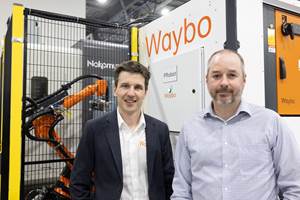Multitasking's "Big" Advantage
As demonstrated at this Cincinnati-area shop, machines that both mill and turn shine brightest when workpieces are massive.
Share




Arguably, equipment that can perform both milling and turning is more valuable to shops that machine large workpieces than those churning out smaller ones. Shops using multitasking machines to produce conventionally sized parts realize the customary benefits of fewer setups, improved feature-to-feature accuracy and reduced WIP. However, having one machine complete most if not all operations for really big workpieces also mitigates the more daunting tasks involved in running massive parts across multiple machines.
Magna Machine, located in Cincinnati, Ohio, is well aware of those challenges. The shop began in 1947 as a repair and maintenance facility for industrial equipment. It still performs that work 66 years and a new 125,000-square-foot facility later. But as Magna Machine has evolved, it has carved a niche in processing workpieces weighing as much as 90 tons for industries such as plastics, mining, energy, steel, chemical and machine tools. That vast large-scale machining experience has led the shop to recognize the value of multitasking machines, realizing their production potential is maximized with huge parts.
Elliot Adams, Magna Machine’s vice president of sales and business development, notes a variety of reasons why multitasking is particularly valuable for the type of work this job shop performs. The most notable is reduced handling of bulky parts on the shop floor that no longer need to be transferred to multiple machines. Setups are often easier, too, because parts can be oriented in such a way that gravity is more a friend than a foe. (This also means fixturing is more robust to withstand heavier cuts.) Finally, delivery times to customers can be greatly shortened. Setups for large forgings, castings and weldments can take an entire shift or more compared to just a couple hours for more conventional workpieces.
This is why company president Scott Kramer is investing significantly in multitasking equipment. But as Mr. Kramer points out, Magna Machine’s sister company, machine tool importer United Precision Services (UPS), has certainly helped facilitate the move to multitasking.
Leading up to UPS’s launch in 1999, Magna Machine had become a good customer of Union, a German builder of large boring mills and machining centers. Eventually, the shop allowed Union to bring potential machine buyers to the facility to see how the equipment performed in an actual job shop environment. Magna Machine’s shop floor effectively doubled as Union’s U.S. technology center. Therefore, the shop established UPS as an importer and service and parts provider of Union machines for the North American market. UPS has since expanded, adding lines from Spanish machine tool builders Bost, Ibarmia and Machine Tool Engineering (MTE). Mr. Kramer says the close relationship Magna Machine has established with these builders has enabled the shop to effectively integrate the range of multitasking platforms it currently uses to its advantage.
Multitasking in the "Super Bay"
Magna Machine moved to its current location in Forest Park, a northern suburb of Cincinnati, in 1985. Since then, it has expanded its facility a number of times to house additional large-scale machines. The most recent addition is the informally named “super bay,” which was purpose-built to house a handful of very big multitasking machines. Completed in January 2012, this bay features two 40-ton cranes that provide 160,000 pounds of lifting capacity when combined with a spreader. It also has a 20-by-20-foot door that the shop is already considering widening to better accommodate larger parts such as the 23-foot-diameter mining component shown to the left.
There are currently three different multitasking platforms in this bay: a horizontal boring mill with a rotary table, a vertical turning center with Y-axis table motion, and a horizontal turn/mill with a B-axis head. Each offers particular advantages depending on the application, and having a variety of equipment options is valuable because the work that flows through the shop changes all the time. Plus, it gives Magna Machine the option to run some parts on more than one type of machine.
The shop’s largest multitasking machine is its Union PCR 160 horizontal boring mill, installed atop a foundation filled with 600 yards of concrete. The machine’s XYZ working envelope measures 590 by 236 by 59 inches with hydrostatic ways on each of these axes. In addition, it provides W-axis spindle travel of 27.5 inches. The 80-horsepower machine is a floor-type model, meaning the column moves during milling operations, not the workpiece. Multiple automatically replaceable heads are available to accommodate a range of operations, including turning.
Turning, facing and boring operations are possible with the addition of a Bost HT-120 rotary table installed at one end of the machine’s X-axis travel. This configuration highlights the advantage of the shop’s close relationship with its machine tool suppliers through UPS. Atypical machine customization is possible by combining technology from the different brands UPS represents.
The rotary table has a load capacity of 250,000 pounds and can perform turning operations at speeds as high as 20 rpm. A special fixture Magna Machine developed for the 157 by 157-inch table enables the machine to turn diameters as big as 315 inches. The 23-foot-diameter mining part mentioned before is an excellent candidate for production on this machine. Not only does fixturing this part flat on the rotary table enable turning, milling, drilling and boring operations to be performed in one setup, but this part orientation is also much safer than standing it up vertically against knees on the mill (although that is still an option). Using the rotary table, this part can be machined with an OD roundness tolerance of 0.001 inch, cylindricity of ±0.002 inch and surface finish of 32 Ra microinches. In addition, multiple bores for bushings can be accurately machined around the circumference concentric to the OD to within 0.002 inch, which would be challenging to achieve when performing turning and boring work on a separate lathe and mill.
Vertical Turning Platform
Magna Machine’s multitasking vertical turning center is a Bost VTL 60 CY. This machine has a 137-horsepower rotary table and can turn parts as tall as 142 inches having diameters ranging to 240 inches. The table offers as much as 104 rpm for turning operations. Like the Union PCR 160, the machine has automatically interchangeable heads to enable both turning and top- and side-milling operations. It is a more effective option for parts that normally would be turned on a vertical lathe and then milled on a horizontal boring machine.
A distinguishing feature of this machine is its Y-axis table travel, which is uncommon for most vertical lathes with live tooling. Conventional vertical lathes with live tooling can perform milling operations on the tops of parts via table rotation. However, the Bost machine’s Y-axis used in conjunction with a side-milling head also enables milling operations, including contouring, along the sides of parts. The Y-axis travel gives the machine a 20- by 13-foot X-Y envelope for such work.
Horizontal Turning Platform
Magna Machine’s third and newest multitasking machine is its Bost T4F horizontal turn/mill. The T4F can perform turning, milling and boring operations for large parts, offering an 80-inch swing and a distance of 354 inches between centers. It features a 50-horsepower B-axis head that can be positioned in infinite positions throughout ±90 degrees of rotation. This head is served by a 60-position automatic toolchanger.
The T4F was originally designed to turn and mill crankshafts from solid stock. By synchronizing the B-axis head’s linear movement in X with the main spindle’s C axis, a milling tool can follow a crankshaft pin’s eccentric rotation about the spindle’s centerline. A diameter tolerance of ±0.0005 inch on pins is possible. Magna Machine commonly produces crankshafts, but it also saw potential in this machine to produce other parts, such as pipes and expanding mandrels.
Although the B-axis head can be used for turning work, rough turning is commonly performed using the machine’s “guillotine” blade with Capto C6 tool interface. This tall, robust blade is designed to withstand the downward cutting forces during turning, enabling the machine to take heavier cuts to maximize material removal rates.
Craig Lewis is the primary programmer for this and the other multitasking machines in the super bay. Although he’s essentially a “milling” guy with 20 years of previous experience at a tool and die shop, Mr. Lewis says the learning curve for the T4F wasn’t steep. In some respects, the machine acts more like a five-axis mill than a turning center, he notes. It helped, though, that Bost sent one of its programmers to the shop after the machine was installed to provide four months of training. In addition, Sandvik, the primary tooling manufacturer for this machine, also came on site to offer turn/mill training classes.
To speed setups, a Renishaw RMP 60 touch-trigger probe is used to locate diameters, faces and so on. Mr. Lewis estimates that setups can be performed 50 percent faster using the probe, especially for complex jobs. In some cases, the probe is used for in-process inspection, although the shop primarily uses a Faro Vantage laser tracker to measure large parts on the shop floor.
New Arrival
The next multitasking machine to be installed in the super bay will be an Ibarmia THC-1600 5x vertical turn/mill. This machine offers a 98-inch swing and can perform five-axis milling in a work area of 59 by 79 inches. It is able to automatically change both milling and turning tools and has a special “blocking” feature in its head to enable heavy turning operations. Although the European market is familiar with this multitasking machine platform, this is the first of its kind from Ibarmia to be installed in the United States. It will give Magna Machine one more production option as the shop continues to embrace large-scale multitasking equipment, becoming more responsive and valuable to its customers along the way.
Related Content
Shop Doubles Sales with High-Mix, Low-Volume Automation
Robots with adaptive grippers have opened entire shifts of capacity to high-mix, low-volume shop Précinov, doubling its sales.
Read MorePrioritizing Workholding Density Versus Simplicity
Determining whether to use high-density fixtures or to simplify workholding requires a deeper look into the details of your parts and processes.
Read MoreCustom Workholding Principles to Live By
Workholding solutions can take on infinite forms and all would be correct to some degree. Follow these tips to help optimize custom workholding solutions.
Read MoreNavigating Large-Scale CNC Machining: Suburban Tool’s Niche Strategy to Stay Competitive
Facing increasing competition from lower-cost imports, Suburban Tool made a move toward large-scale, in-house machining. By identifying a niche in large, precision angle plates and tombstones, the company has strengthened its ability to control quality and protect its reputation.
Read MoreRead Next
Setting Up the Building Blocks for a Digital Factory
Woodward Inc. spent over a year developing an API to connect machines to its digital factory. Caron Engineering’s MiConnect has cut most of this process while also granting the shop greater access to machine information.
Read MoreBuilding Out a Foundation for Student Machinists
Autodesk and Haas have teamed up to produce an introductory course for students that covers the basics of CAD, CAM and CNC while providing them with a portfolio part.
Read MoreRegistration Now Open for the Precision Machining Technology Show (PMTS) 2025
The precision machining industry’s premier event returns to Cleveland, OH, April 1-3.
Read More

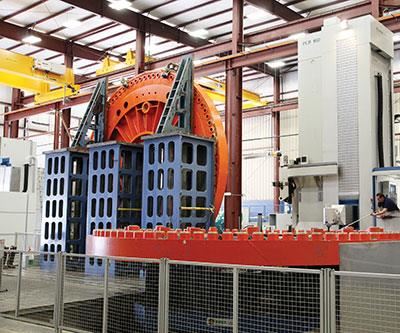
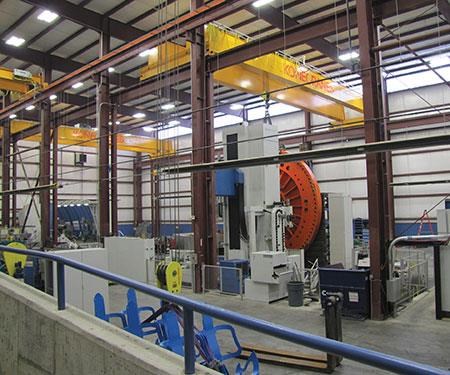
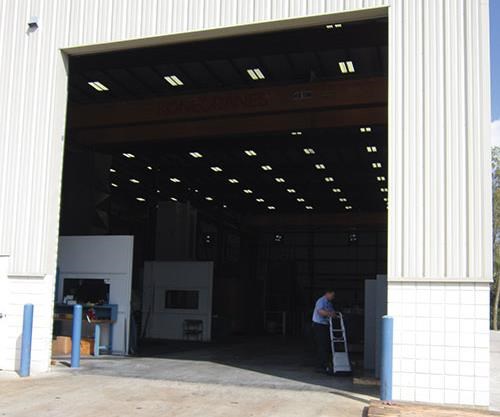
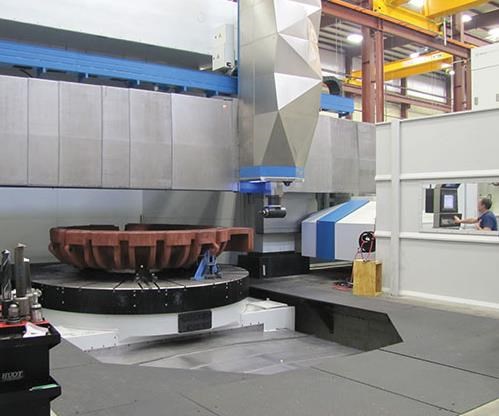
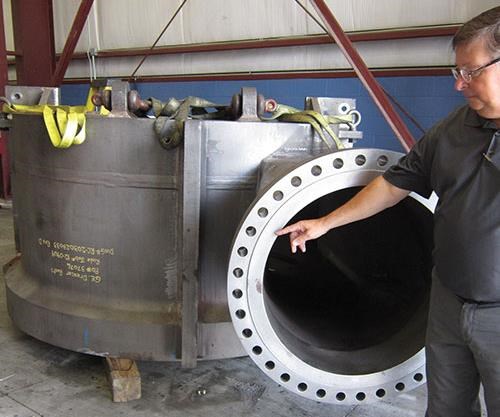
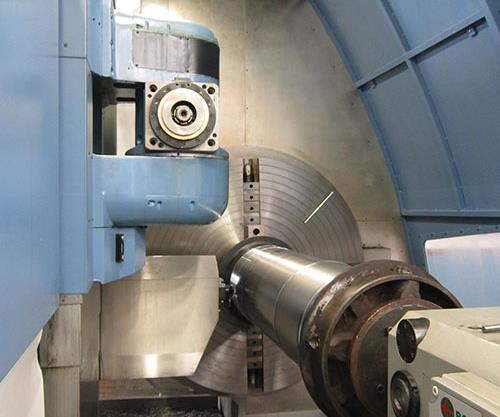
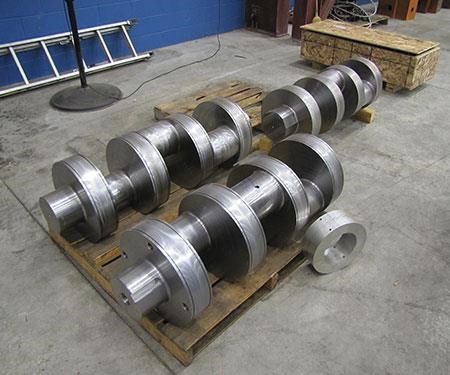
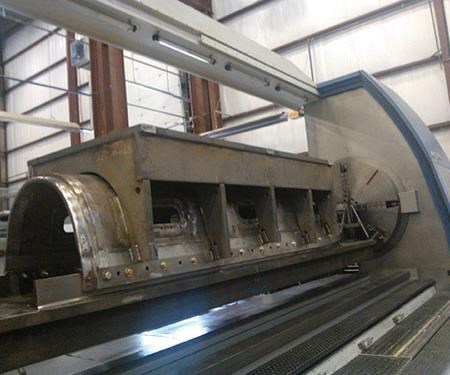
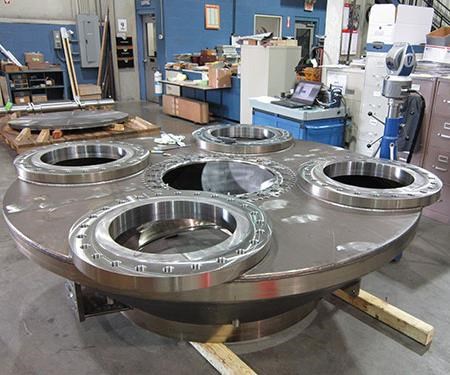




























.jpg;maxWidth=300;quality=90)

